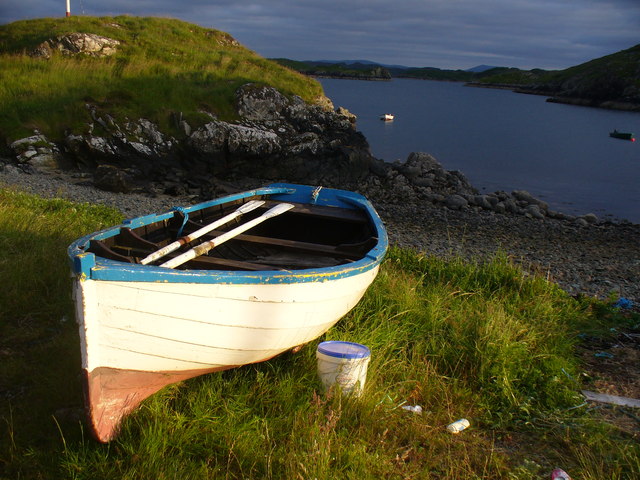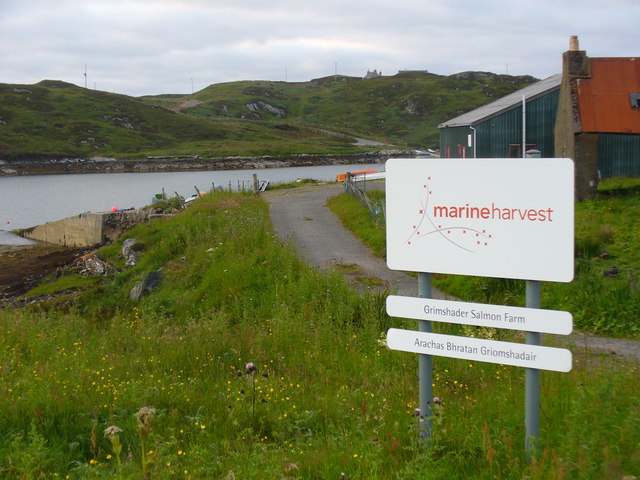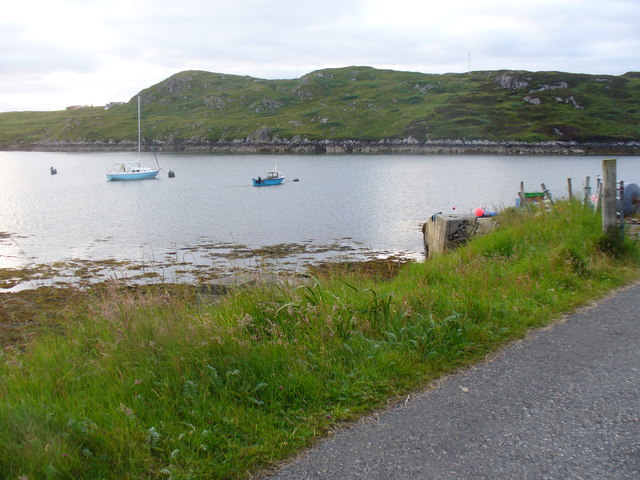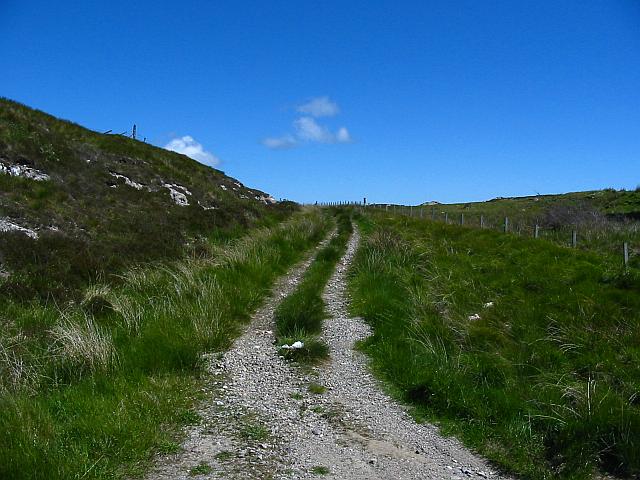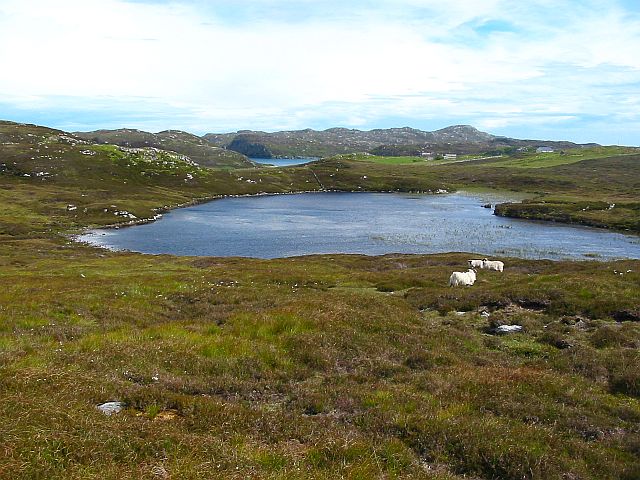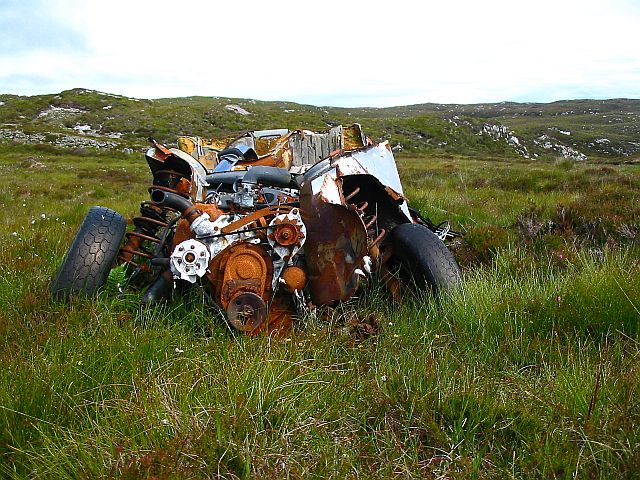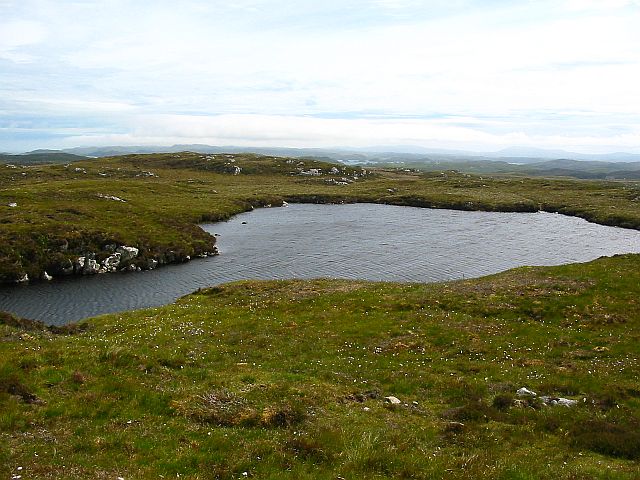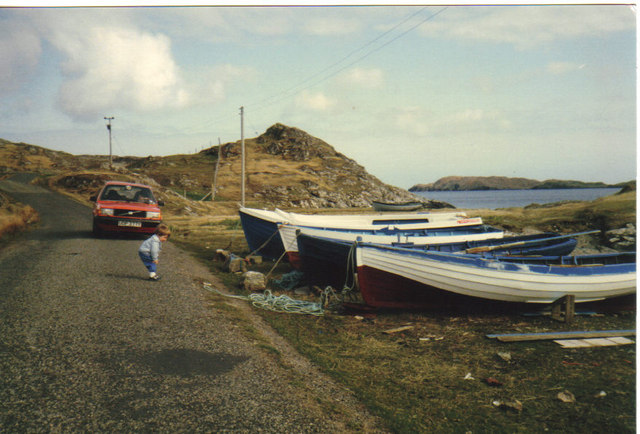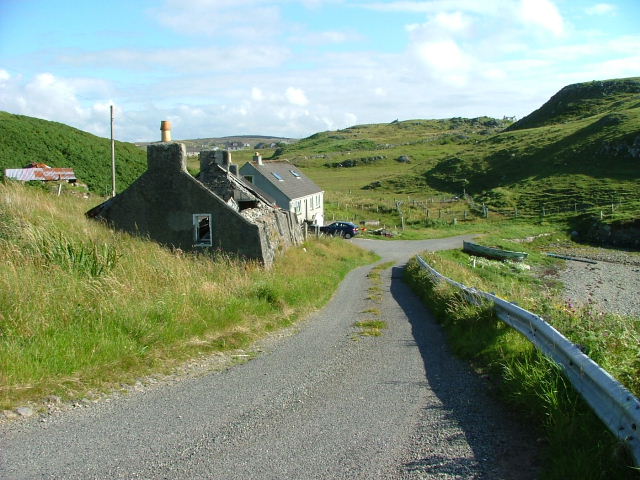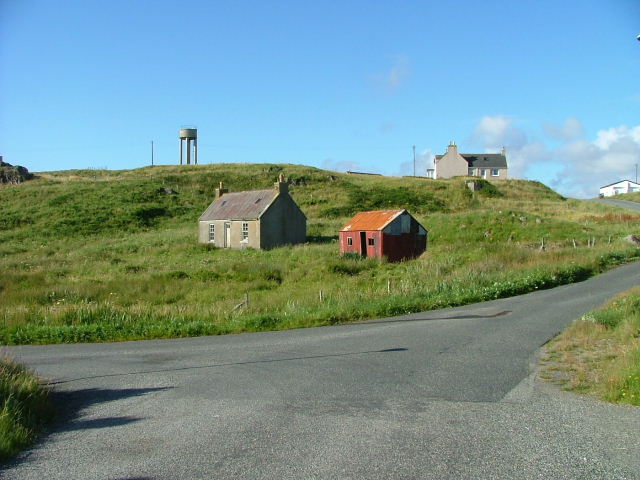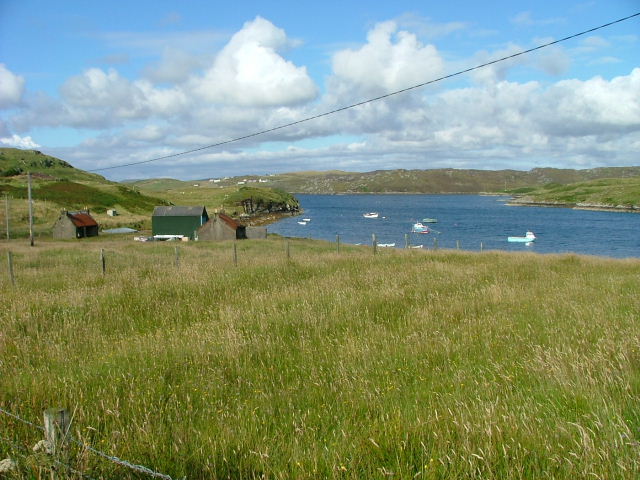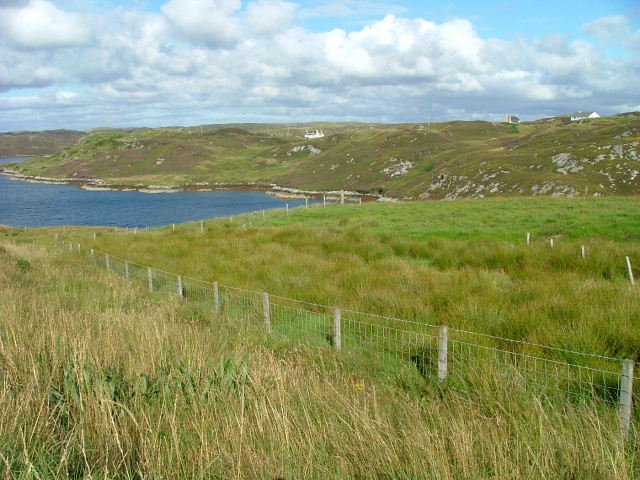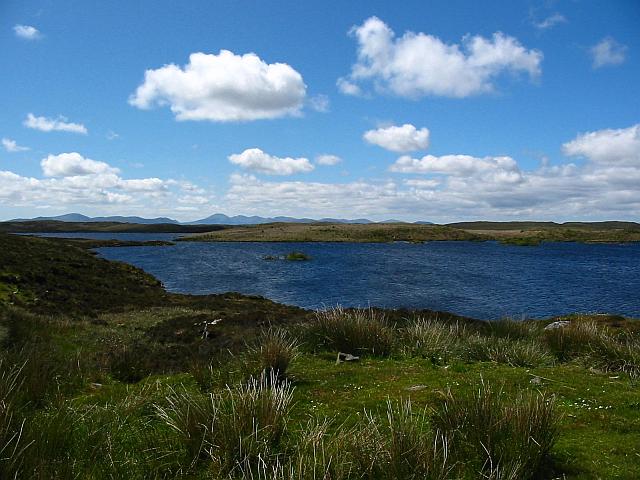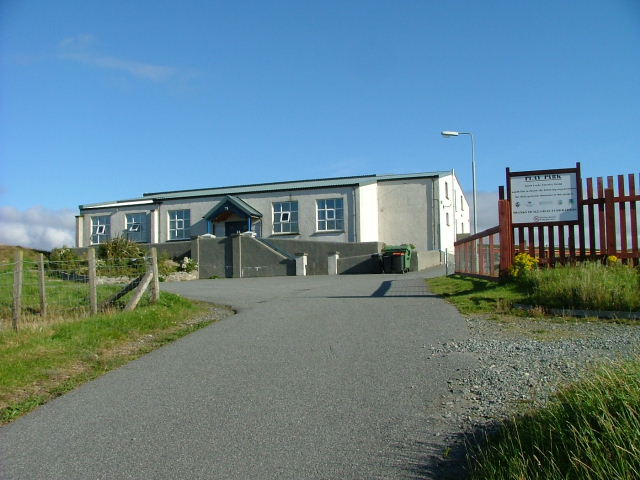Airigh Ard
Coastal Feature, Headland, Point in Ross-shire
Scotland
Airigh Ard
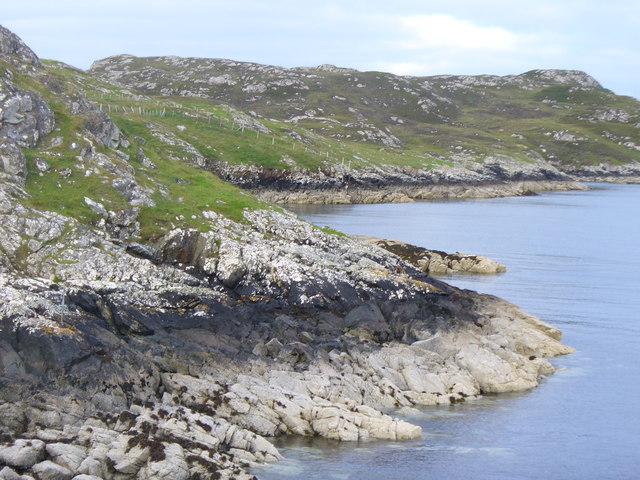
Airigh Ard is a picturesque coastal feature located in Ross-shire, Scotland. It is characterized as a headland or point that juts out into the North Atlantic Ocean, offering breathtaking views and a serene atmosphere. The name "Airigh Ard" translates to "high shieling" in Gaelic, reflecting the elevated position of the headland.
Situated on the western coast of Ross-shire, Airigh Ard boasts rugged cliffs that stand tall against the crashing waves. These cliffs are composed of various rock formations, including sandstone and limestone, which have been shaped by the relentless force of the ocean over time. The headland is also surrounded by pristine, sandy beaches, providing a perfect spot for sunbathing, picnicking, and beachcombing.
The area surrounding Airigh Ard is rich in wildlife, making it a popular destination for nature enthusiasts. Seabird colonies, such as puffins and gannets, can be observed nesting on the cliffs during the breeding season. Visitors may also catch a glimpse of seals basking on the rocks or dolphins gracefully swimming offshore.
Access to Airigh Ard is relatively easy, with a well-maintained footpath leading to the headland. This path meanders through rolling green hills, offering stunning views of the surrounding countryside. A small parking area is available nearby, making it convenient for visitors to explore this natural wonder.
With its dramatic cliffs, sandy beaches, and abundant wildlife, Airigh Ard is a true gem of Ross-shire's coastline. Whether one seeks tranquility, breathtaking scenery, or a chance to immerse themselves in nature, this coastal feature has something to offer to all who venture there.
If you have any feedback on the listing, please let us know in the comments section below.
Airigh Ard Images
Images are sourced within 2km of 58.143251/-6.4203157 or Grid Reference NB3925. Thanks to Geograph Open Source API. All images are credited.
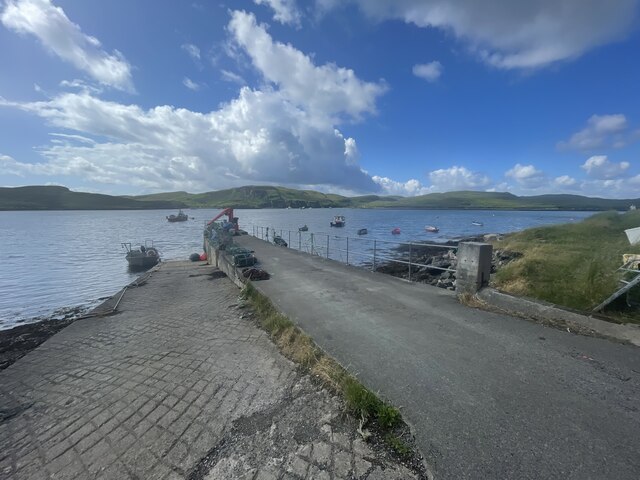
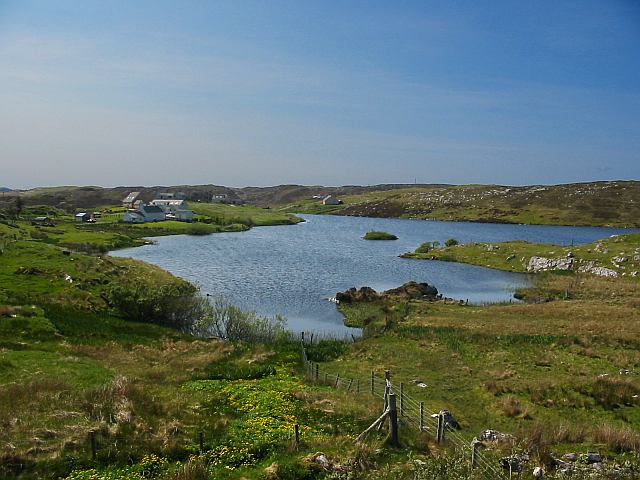
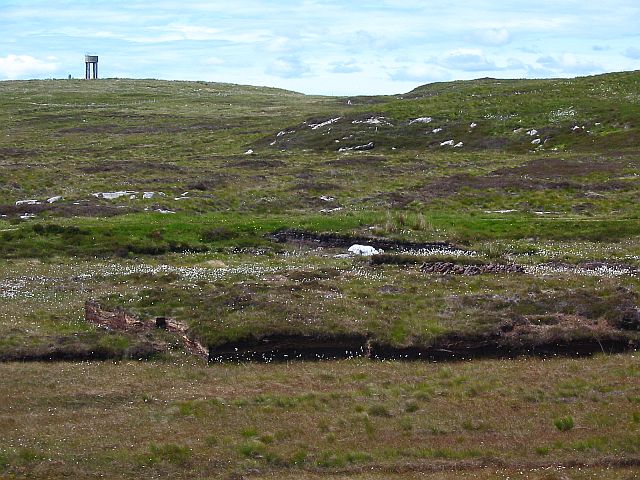
Airigh Ard is located at Grid Ref: NB3925 (Lat: 58.143251, Lng: -6.4203157)
Unitary Authority: Na h-Eileanan an Iar
Police Authority: Highlands and Islands
What 3 Words
///stint.baking.hood. Near Leurbost, Na h-Eileanan Siar
Nearby Locations
Related Wikis
Crossbost
Crossbost is a village on the Isle of Lewis in the parish of North Lochs, in the Outer Hebrides, Scotland. It is located approximately ten miles away...
North Lochs
North Lochs, (Scottish Gaelic: Ceann a Tuath nan Loch), an area in eastern Lewis, Outer Hebrides, Scotland, is named for the many lochans (small lochs...
Rainish Eilean Mòr
Rainish Eilean Mòr is an uninhabited island in Loch Orasaigh, north of the village of Leurbost in the area of South Lochs on the Isle of Lewis, Lewis and...
Leurbost
Leurbost (Scottish Gaelic: Liùrbost) is a village on the east coast of the Isle of Lewis in the Outer Hebrides of Scotland. It is approximately 6 miles...
Eilean Chaluim Chille
Eilean Chaluim Chille (Gaelic: island of Saint Columba, Calum Cille) is an unpopulated island in the Outer Hebrides. It lies off the east coast of Lewis...
Cromore
Cromore (Scottish Gaelic: Crò Mòr) is a crofting township on the Isle of Lewis in the district of Pairc, in the Outer Hebrides, Scotland. The settlement...
HMY Iolaire
HMY Iolaire was an Admiralty Yacht that sank at the entrance to Stornoway harbour on 1 January 1919, with the loss of at least 201 men out of the 283 on...
Cabharstadh
Cabharstadh or Caversta (Scottish Gaelic: Cabharstaigh) is a village on the Isle of Lewis in the Outer Hebrides, Scotland. Caversta is situated in the...
Nearby Amenities
Located within 500m of 58.143251,-6.4203157Have you been to Airigh Ard?
Leave your review of Airigh Ard below (or comments, questions and feedback).
